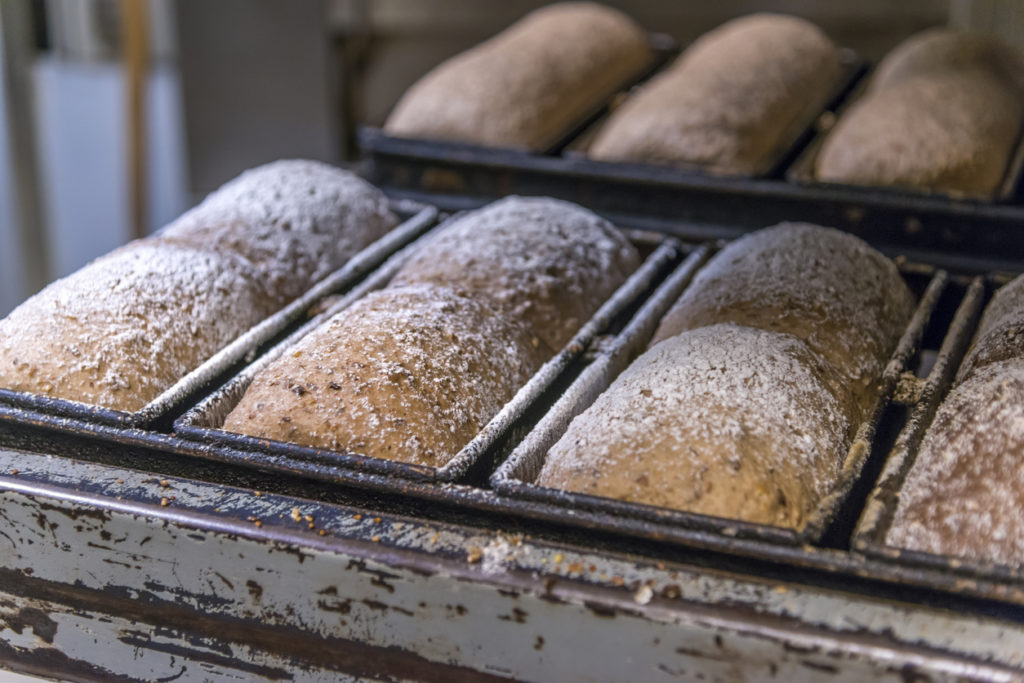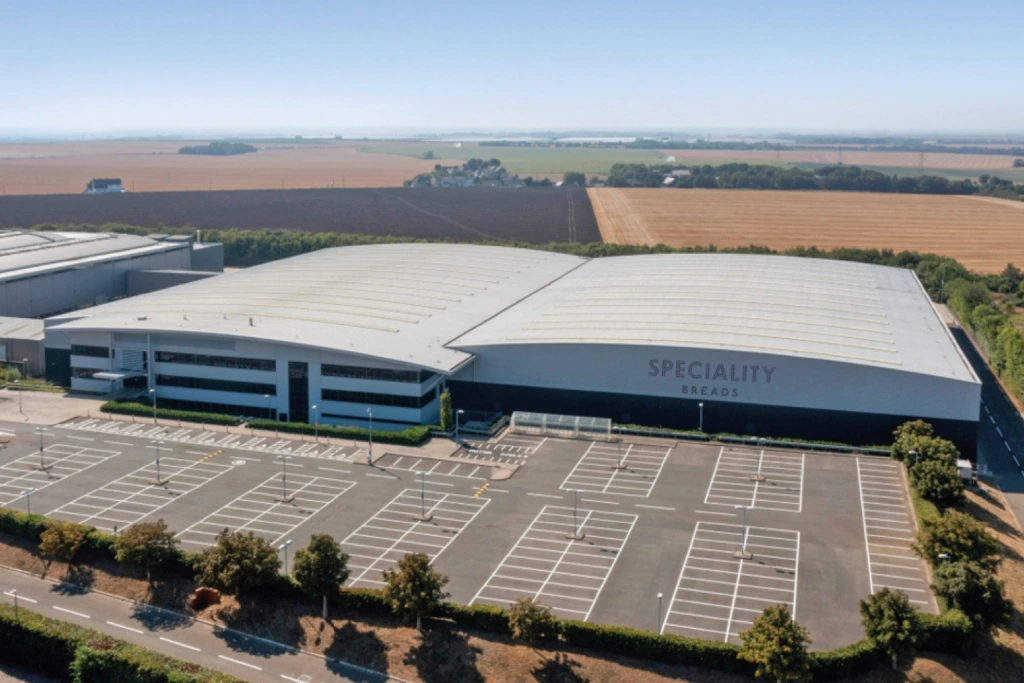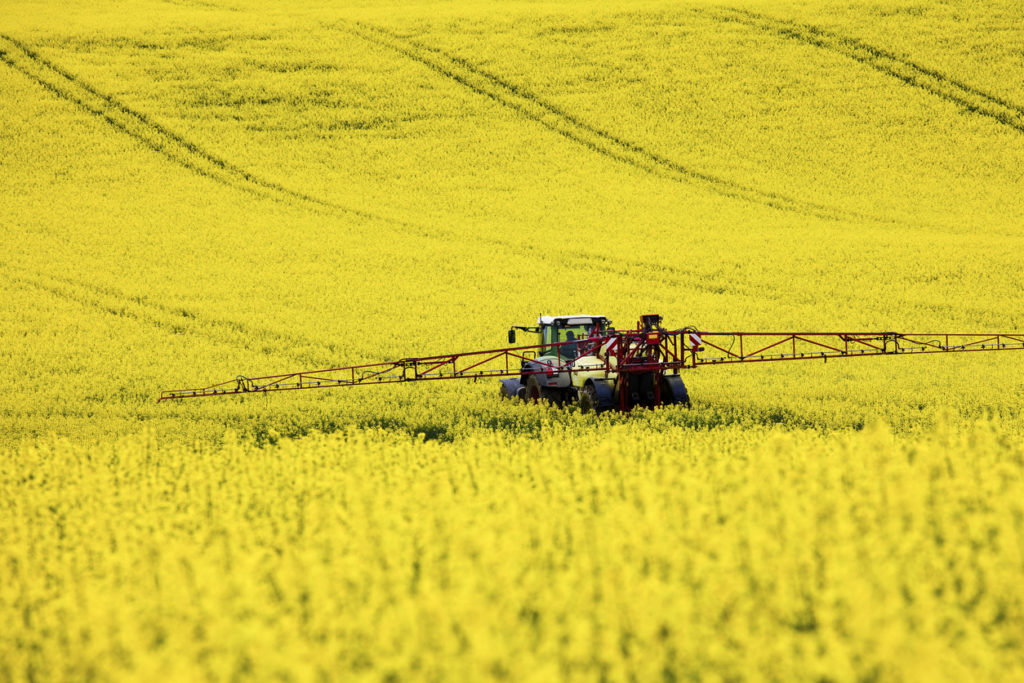- General
Four classic British breads to delight your tastebuds

Pikelets and manchets, bannocks and farls, cocklebreads and rowies, tatties and scufflers, they’re just some of the traditional breads that make the nation great. It’s no surprise there are so many of them, with mixed-grain bread arriving in the British Isles such a long time ago, around 3700BC.
We’ve had a few thousand years to perfect our bread, and some of the oldest recipes are extinct. Take the Hawkshead Wig, an English bread roll hailing from Hawkshead in the Lake District, a village with roots in ancient Norse times dating back to the 700s. Made from flour, yeast, water and lard then scattered with caraway seeds and brushed with sugar and milk, it sounds like it was pretty tasty.
Here are four of the best old-school British breads. If you can find them in a shop near you, they’ll make a mighty fine taste sensation.
Brilliant barm cakes
Barm cake is a northerner, originating in the north west of England. The bread is lovely and soft, scattered with flour before baking. In the past barm cakes they were leavened with barm, the stuff that forms when yeast ferments during the beer-making process. These days they’re usually made with ordinary yeast and are a firm favourite with chippies. If you’re in the market for a chip buttie in the north west, your piping hot chips will probably be stuffed into a warm, fragrant barm cake.
Delicious Dorset knobs
The Dorset knob is a biscuit-like local bread from Dorset, baked by a company called Moore’s Biscuits since the late 1800s. Apparently they were first made using left-over bread dough, butter, and sugar, heated in the still-hot oven once the day’s main bake was complete. The high baking temperature means the resulting knob is hard and crumbly, perfect for dipping in your tea and a wonderful taste sensation with cheese.
Exceptional English muffins
The traditional English muffin is round and flat, made from a particularly soft and yeasty dough. Baked on a griddle, it’s particularly tasty when torn rather than cut in half, toasted, and smothered in fresh butter. Perfect for either sweet or savoury toppings, tearing them apart gives the surface a crunchy feel that’s great for adding generous amounts of butter and topping. Cutting them neatly in half with a knife is OK, it does the job, but you don’t get the same unique texture.
The Kentish huffkin
Kentish huffkins were originally made from Kentish flour, one of the oldest bread recipes of all, originally invented to feed our county’s cherry pickers who flooded down from London for the annual harvest.
A farmer’s wife in Faversham, whose name has been long lost, used a thumb to make the famous dent in the top, perfect for holding a spoonful of cherry jam, then wrapped the baked rolls in a damp cloth to stop them going hard. Huffkins are flat and circular, made using flour, water, yeast, and a tiny bit of lard. The baking process gives them a lovely thin, pale crust and the texture is open and light.
If you’d like to test-drive contemporary breads that are just as tasty, just as unforgettable, we highly recommend our beautiful white cottage loaf roll, our fragrant fruited teacake and our truly gorgeous Guernsey Gâche.
Want to taste them for yourself? Check out our gorgeous breads here, in our colourful catalogue, or click the button below to order free samples. Your taste buds will be thrilled!



